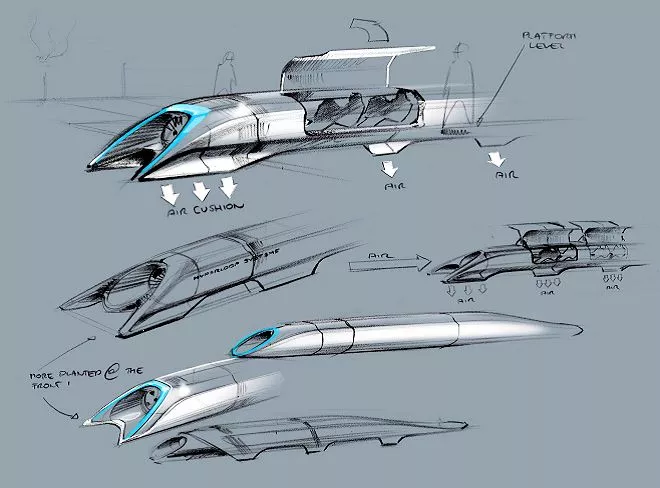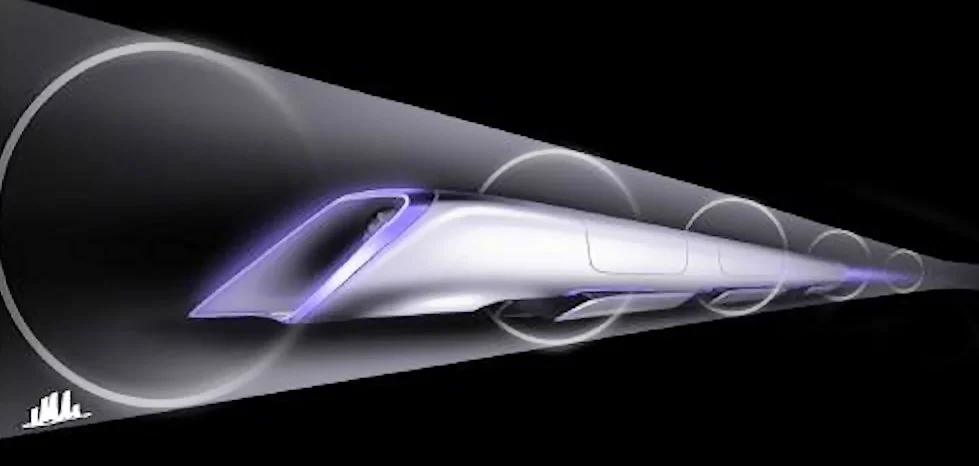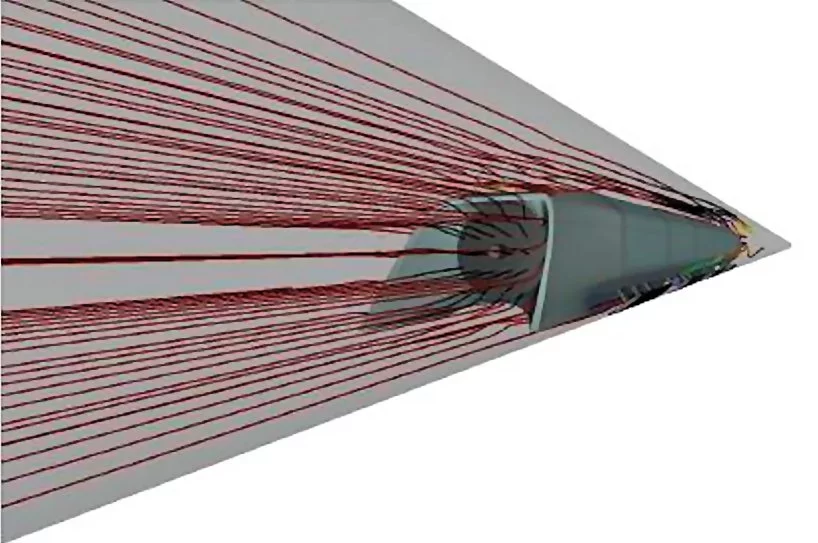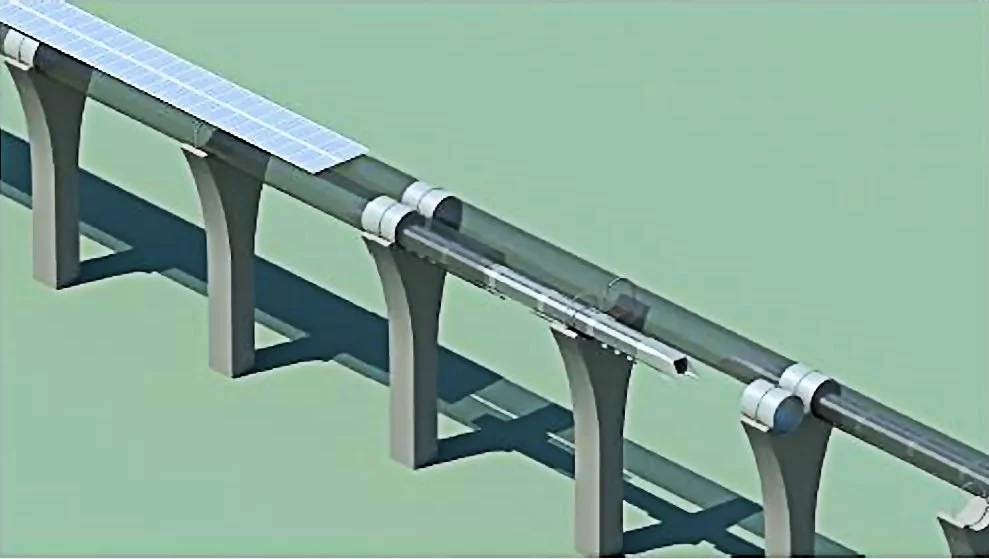Well, Elon Musk can relax now. Having previously announced his intention to at least build a demonstrator of his Hyperloop transporter for high-speed, high-capacity inter-city transport, he now appears relieved to leave that task to HTT (Hyperloop Transportation Technologies, Inc). HTT is an engineering startup company operating under the wing of California-based JumpStartFund. It has developed basic organization and operational plans, as well as having established key partnerships to help navigate a path to a working Hyperloop.
Musk's Hyperloop has gained a vast amount of media attention over the past year or so. His proposal was for a dedicated low-pressure tube train to connect the Los Angeles and San Francisco city centers while reaching top speeds of about 800 mph (1,300 km/h). With a yearly passenger capacity of 15 million passengers, and half-hour transport between the most distant terminals, the Hyperloop made quite a splash as an alternative to open, above-ground high-speed trains.

HTT, a company organized by co-founders Dr. Marco Villa (former director of mission operations for SpaceX) and Dr. Patricia Galloway (past president of the American Society of Civil Engineers), is operating with very thin financial foundations. It is depending on crowdsourcing and crowdfunding to supply the initial needs of the company, which include obtaining needed goods and services by making strategic partnerships with a range of companies. HTT is selecting most of its workforce from a pool of scientists and engineers who are willing to commit time in exchange for equity in the company.
Of particular importance are HTT's deals with ANSYS for computer simulation resources, its partnership with material science development company GloCal Network Corp, and the UCLA Architecture and Urban Design department, whose role is to consider the social interface for the Hyperloop project.

At this point, establishing the technical, environmental, financial, social, and political foundations for the Hyperloop has been split into a long list of (relatively) small tasks, that will examine and design all aspects of a Hyperloop design. Provided this development work continues to flow well, then, according to interim CEO Dirk Ahlborn (founder and CEO of JumpStartFund,) as quoted in PC Mag, "... the next milestone will be presenting a white paper ... by the beginning of 2015, we want to have a scale model."
Looking for sites for a Hyperloop scale model (likely 1/10 full size) on which to perform engineering tests will commence next spring (Northern Hemisphere).
The Hyperloop is a remarkable concept, but there's likely a large pile of bugs and problems hiding under all the glitter. It will take a lot of work to turn this into a real project that someone will be willing to pay for, but if a single step starts a journey, then this journey is underway.








